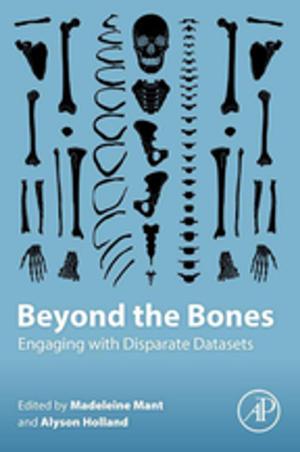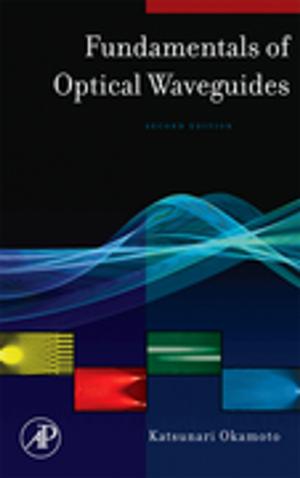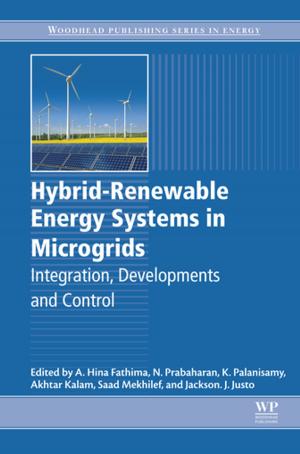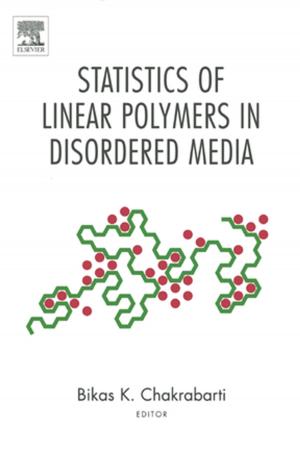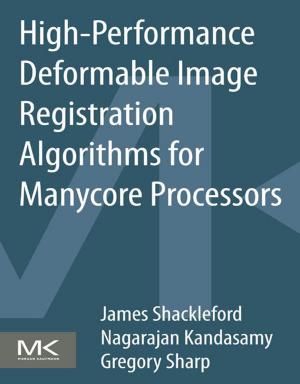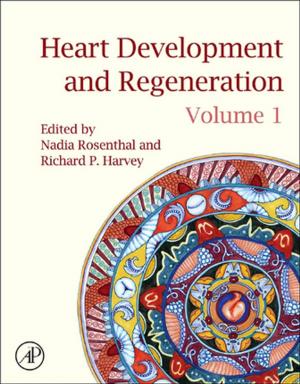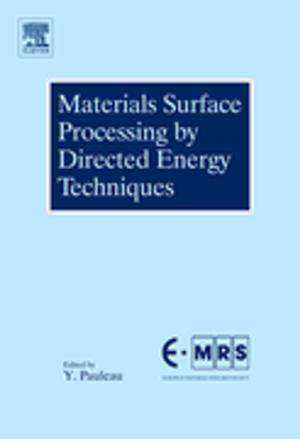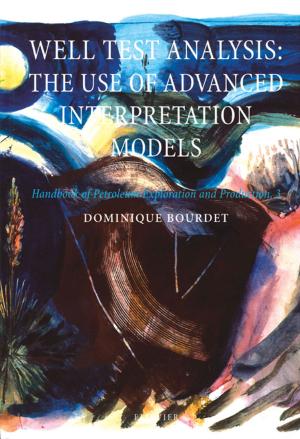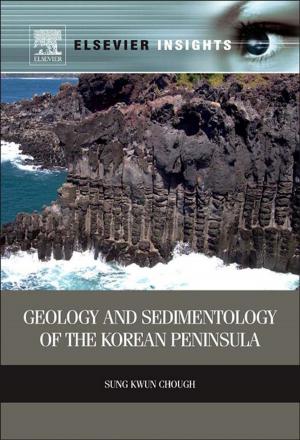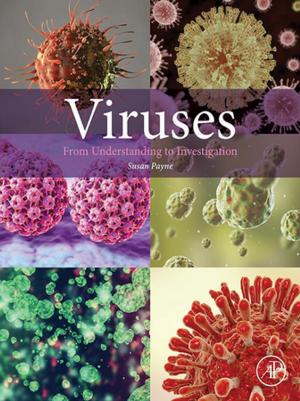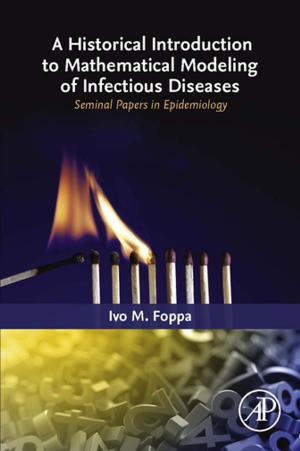Nuclear Energy
An Introduction to the Concepts, Systems, and Applications of Nuclear Processes
Nonfiction, Science & Nature, Technology, Engineering, Mechanical| Author: | Raymond L. Murray | ISBN: | 9781483287867 |
| Publisher: | Elsevier Science | Publication: | October 22, 2013 |
| Imprint: | Pergamon | Language: | English |
| Author: | Raymond L. Murray |
| ISBN: | 9781483287867 |
| Publisher: | Elsevier Science |
| Publication: | October 22, 2013 |
| Imprint: | Pergamon |
| Language: | English |
This expanded, revised, and updated fourth edition of Nuclear Energy maintains the tradition of providing clear and comprehensive coverage of all aspects of the subject, with emphasis on the explanation of trends and developments. As in earlier editions, the book is divided into three parts that achieve a natural flow of ideas: Basic Concepts, including the fundamentals of energy, particle interactions, fission, and fusion; Nuclear Systems, including accelerators, isotope separators, detectors, and nuclear reactors; and Nuclear Energy and Man, covering the many applications of radionuclides, radiation, and reactors, along with a discussion of wastes and weapons. A minimum of mathematical background is required, but there is ample opportunity to learn characteristic numbers through the illustrative calculations and the exercises. An updated Solution Manual is available to the instructor. A new feature to aid the student is a set of some 50 Computer Exercises, using a diskette of personal computer programs in BASIC and spreadsheet, supplied by the author at a nominal cost. The book is of principal value as an introduction to nuclear science and technology for early college students, but can be of benefit to science teachers and lecturers, nuclear utility trainees and engineers in other fields.
This expanded, revised, and updated fourth edition of Nuclear Energy maintains the tradition of providing clear and comprehensive coverage of all aspects of the subject, with emphasis on the explanation of trends and developments. As in earlier editions, the book is divided into three parts that achieve a natural flow of ideas: Basic Concepts, including the fundamentals of energy, particle interactions, fission, and fusion; Nuclear Systems, including accelerators, isotope separators, detectors, and nuclear reactors; and Nuclear Energy and Man, covering the many applications of radionuclides, radiation, and reactors, along with a discussion of wastes and weapons. A minimum of mathematical background is required, but there is ample opportunity to learn characteristic numbers through the illustrative calculations and the exercises. An updated Solution Manual is available to the instructor. A new feature to aid the student is a set of some 50 Computer Exercises, using a diskette of personal computer programs in BASIC and spreadsheet, supplied by the author at a nominal cost. The book is of principal value as an introduction to nuclear science and technology for early college students, but can be of benefit to science teachers and lecturers, nuclear utility trainees and engineers in other fields.

